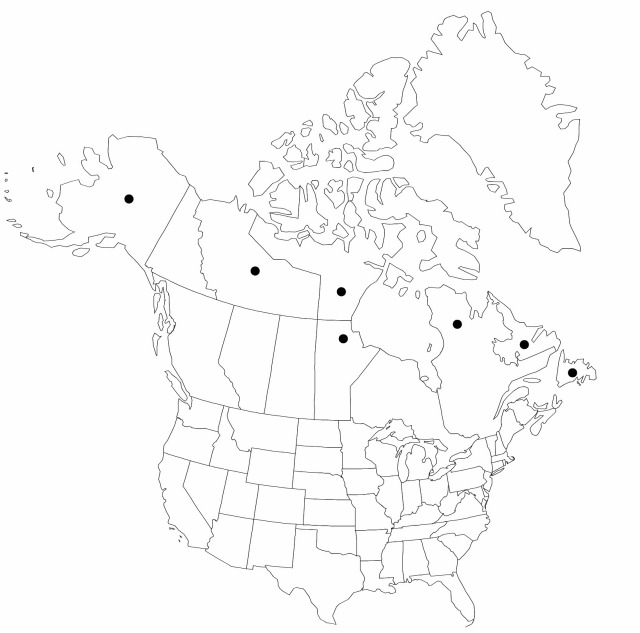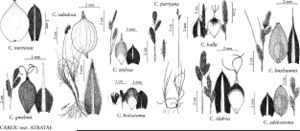Difference between revisions of "Carex adelostoma"
in V. L. Komarov et al., Fl. URSS 3: 603. 1935.
FNA>Volume Importer |
imported>Volume Importer |
||
| (One intermediate revision by the same user not shown) | |||
| Line 1: | Line 1: | ||
{{Treatment/ID | {{Treatment/ID | ||
|accepted_name=Carex adelostoma | |accepted_name=Carex adelostoma | ||
| − | |accepted_authority=V. I. Kreczetowicz | + | |accepted_authority=V. I. Kreczetowicz |
|publications={{Treatment/Publication | |publications={{Treatment/Publication | ||
|title=in V. L. Komarov et al., Fl. URSS | |title=in V. L. Komarov et al., Fl. URSS | ||
| Line 8: | Line 8: | ||
}} | }} | ||
|common_names=Carex à bec obscur | |common_names=Carex à bec obscur | ||
| + | |special_status={{Treatment/ID/Special_status | ||
| + | |code=F | ||
| + | |label=Illustrated | ||
| + | }} | ||
|basionyms= | |basionyms= | ||
|synonyms={{Treatment/ID/Synonym | |synonyms={{Treatment/ID/Synonym | ||
| Line 52: | Line 56: | ||
-->{{#Taxon: | -->{{#Taxon: | ||
name=Carex adelostoma | name=Carex adelostoma | ||
| − | |authority=V. I. Kreczetowicz | + | |authority=V. I. Kreczetowicz |
|rank=species | |rank=species | ||
|parent rank=section | |parent rank=section | ||
| Line 65: | Line 69: | ||
|publication title=in V. L. Komarov et al., Fl. URSS | |publication title=in V. L. Komarov et al., Fl. URSS | ||
|publication year=1935 | |publication year=1935 | ||
| − | |special status= | + | |special status=Illustrated |
| − | |source xml=https:// | + | |source xml=https://bitbucket.org/aafc-mbb/fna-data-curation/src/2e0870ddd59836b60bcf96646a41e87ea5a5943a/coarse_grained_fna_xml/V23/V23_739.xml |
|genus=Carex | |genus=Carex | ||
|section=Carex sect. Racemosae | |section=Carex sect. Racemosae | ||
Latest revision as of 20:42, 5 November 2020
Plants cespitose. Culms 20–35 cm, distally scabrous. Leaves blades 2–3 mm wide. Inflorescences: proximal bracts shorter than inflorescences; spikes erect, distinct, short-pendunculate, oblong, 10–15 × 5–8 mm; lateral 2–3 spikes pistillate, of similar length; terminal spike staminate, androgynous, or gynecandrous. Pistillate scales dark brown, lanceolate, mostly shorter than, also equaling or longer (if longer then without long mucro typical of C. buxbaumii) and as broad as perigynia, midvein lighter colored than body, conspicuous apex acuminate or mucronate, mucro less than 0.5 mm. Perigynia ascending, pale green, veined or veinless, elliptic, 2.5–3 × 1.25–1.75 mm, papillose, especially along distal margins; beak to 0.2 mm, bidentate. Achenes nearly filling body of perigynia. 2n = 106.
Phenology: Fruiting Jul–Aug.
Habitat: Subarctic bogs, forests
Elevation: 10–300 m
Distribution

Man., Nfld. and Labr., N.W.T., Nunavut, Que., Alaska, n Europe, Asia (boreal Russia).
Discussion
Selected References
None.
